AbD Framework + Moves Handout
An easy reference handout of the Agency by Design Framework for Maker-Centered Learning.
The resources here are designed for both educator and learner use of the Agency by Design Framework for Maker-Centered Learning. In this collection you will find three sets of resources. Thinking Routines offer several mini-strategies to encourage active processing and build on learners’ background knowledge. Activities & Practices offer suggestions and guidelines for teaching a variety of maker-centered learning activities. The Documentation and Assessment Tools offer a range of techniques and activities that help learners and educators reflect on thinking and learning and be intentional in their efforts to improve the learning process. All of the tools are designed to help develop the maker capacities of Looking Closely, Exploring Complexity, and Finding Opportunity.
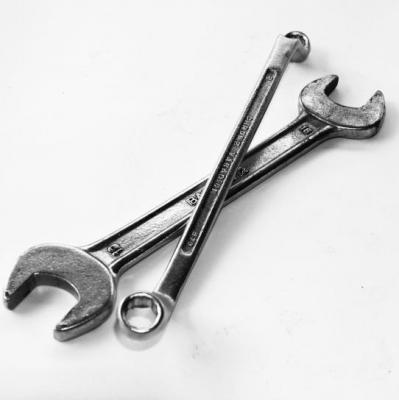
An easy reference handout of the Agency by Design Framework for Maker-Centered Learning.

An easy reference handout of the Agency by Design Framework for Maker-Centered Learning.
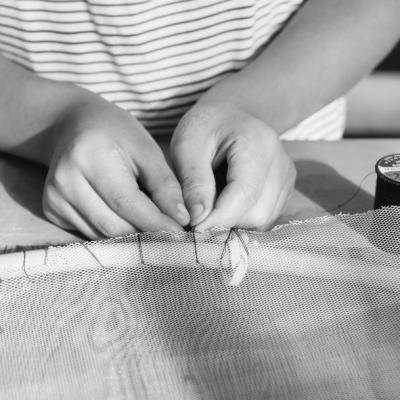
The AbD Making Moves are a set of observable or actionable “moves” that learners and educators can use to help design maker-centered learning experiences, and to support, observe, document, and assess maker-centered learning.
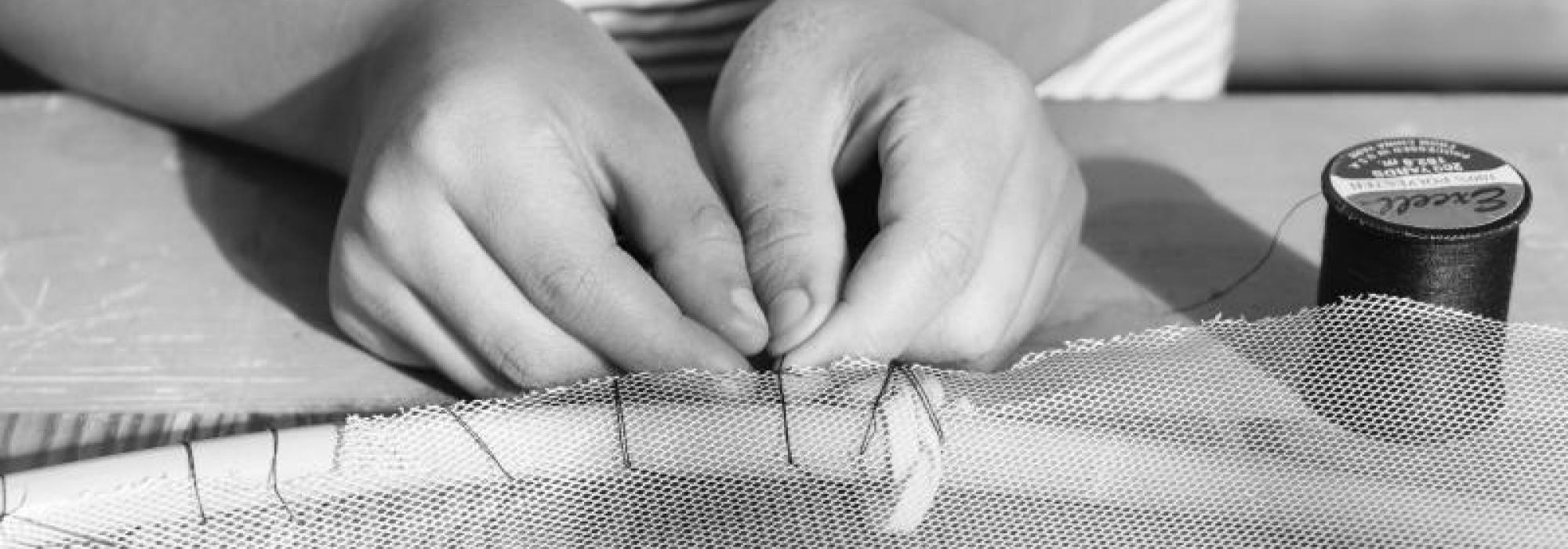
The AbD Making Moves are a set of observable or actionable “moves” that learners and educators can use to help design maker-centered learning experiences, and to support, observe, document, and assess maker-centered learning.
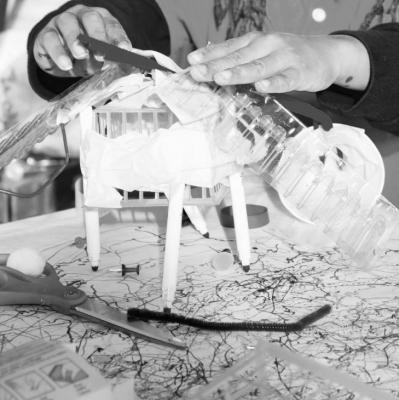
The Inquiry Cycle is a tool to support teacher and student learning—and to make that learning visible—all the while exploring the capacities associated with the Agency by Design framework for maker-centered learning.
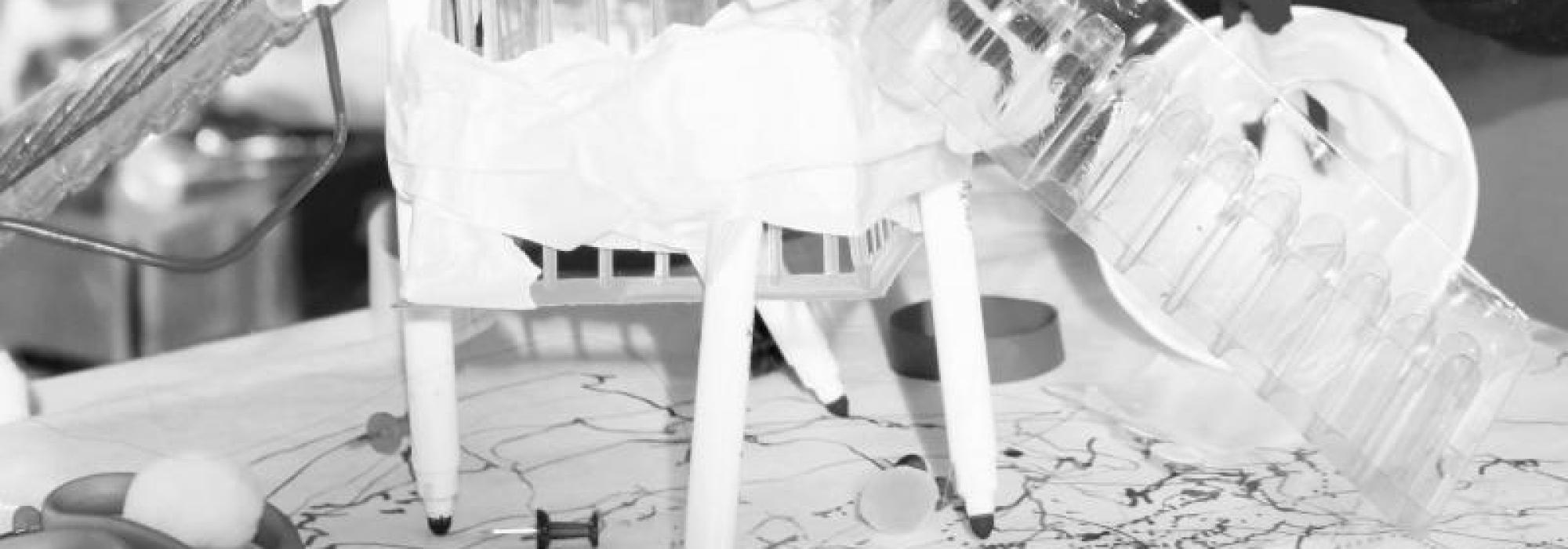
The Inquiry Cycle is a tool to support teacher and student learning—and to make that learning visible—all the while exploring the capacities associated with the Agency by Design framework for maker-centered learning.

A resource for learners to explore the ways you can use the Agency by Design Framework and Making Moves/Indicators.
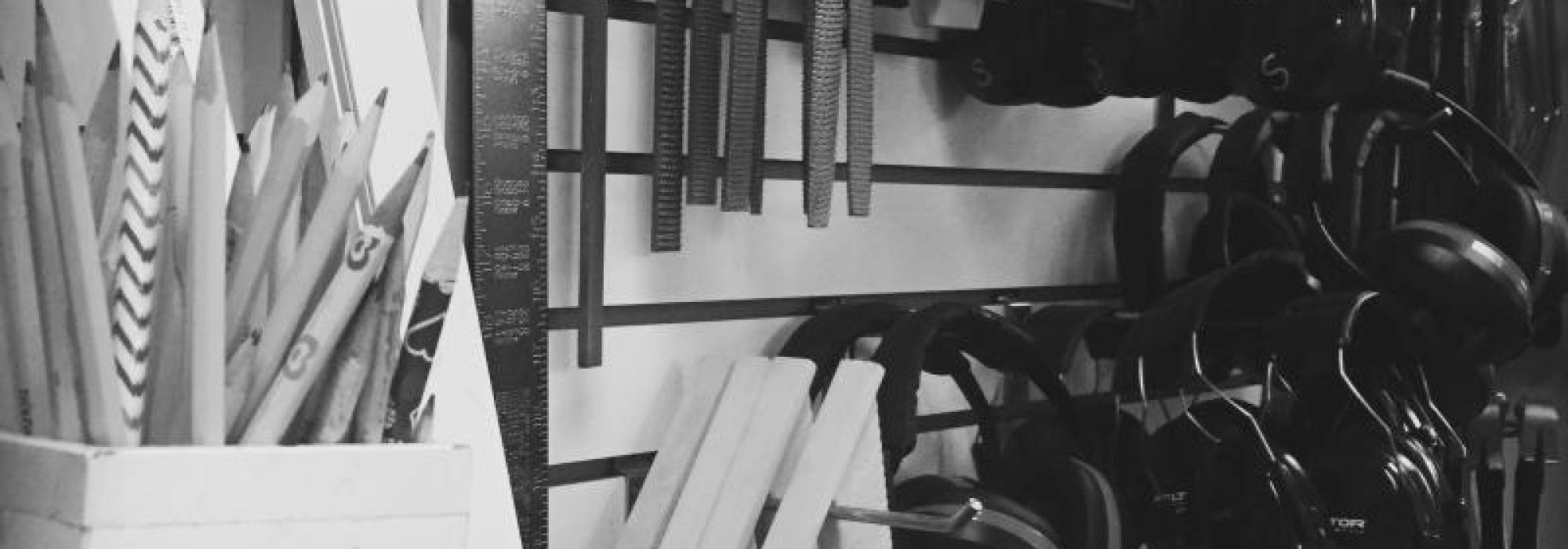
A resource for learners to explore the ways you can use the Agency by Design Framework and Making Moves/Indicators.
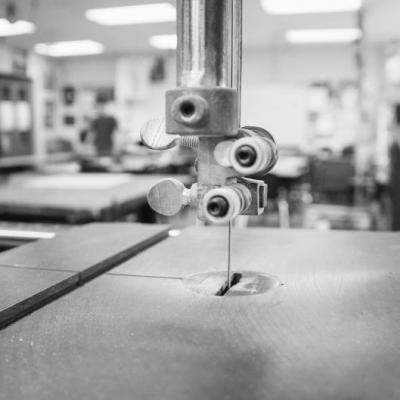
A resource for educators to explore the ways you can use the Agency by Design Framework and Making Moves/Indicators.
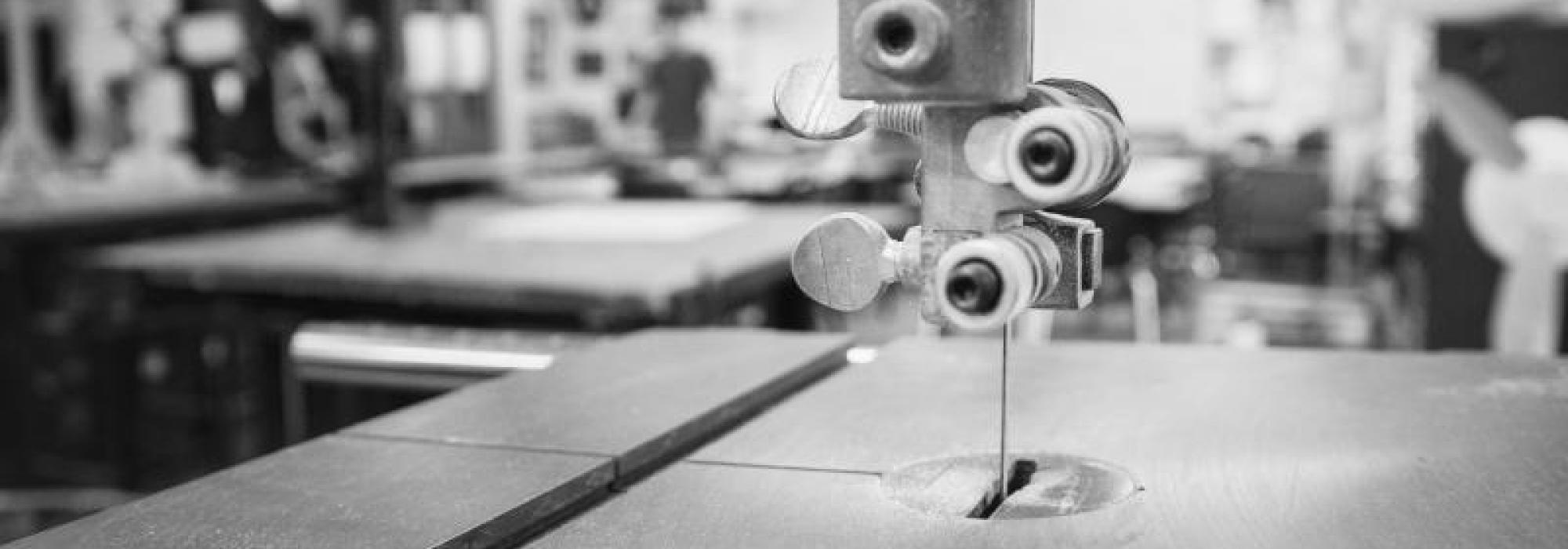
A resource for educators to explore the ways you can use the Agency by Design Framework and Making Moves/Indicators.
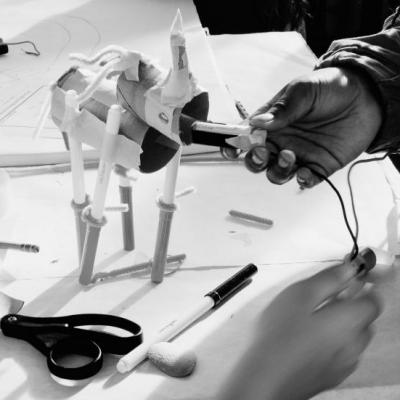
These conversation-starters help learners become sensitive to the presence of the Making Moves in their own and others’ learning. They also help learners have substantive conversations about the Making Moves with their peers.
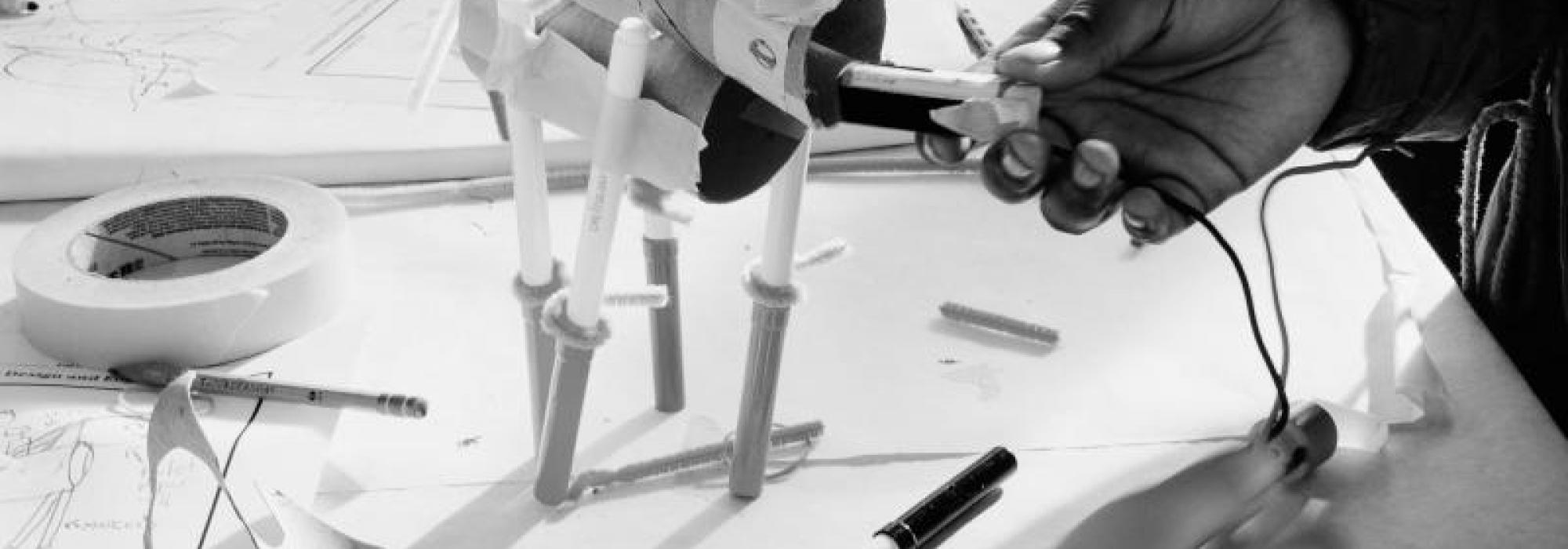
These conversation-starters help learners become sensitive to the presence of the Making Moves in their own and others’ learning. They also help learners have substantive conversations about the Making Moves with their peers.
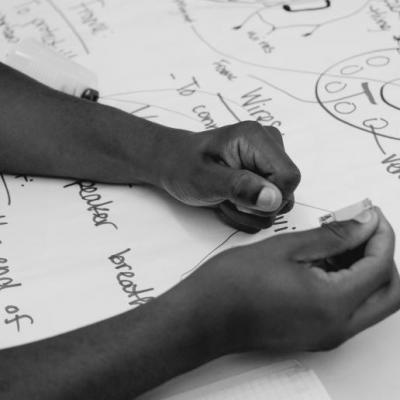
This tool is connected to the Agency by Design Making Moves. The Making Moves identifies three maker capacities that support a sensitivity to design, along with their associated learning moves. Here you’ll find three observation sheets, one for each of the maker capacities: Looking Closely, Exploring Complexity, and Finding Opportunity.<
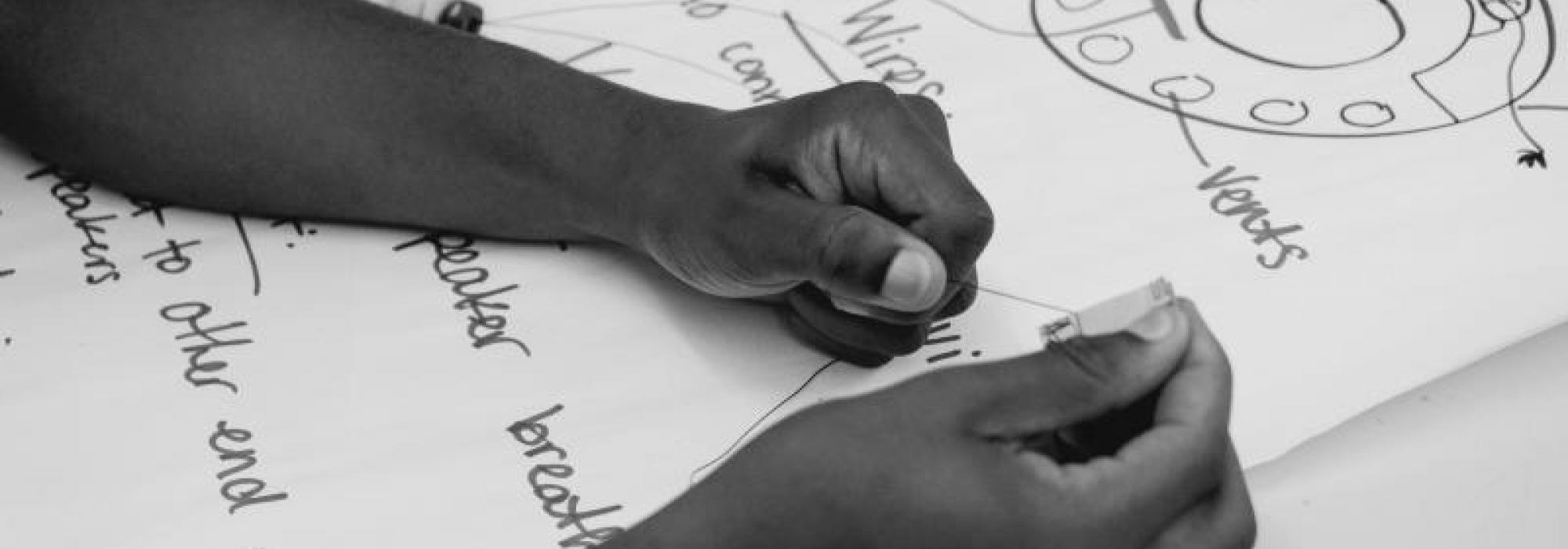
This tool is connected to the Agency by Design Making Moves. The Making Moves identifies three maker capacities that support a sensitivity to design, along with their associated learning moves. Here you’ll find three observation sheets, one for each of the maker capacities: Looking Closely, Exploring Complexity, and Finding Opportunity.<
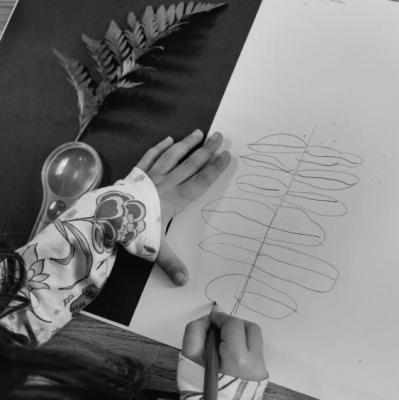
This tool is connected to the Agency by Design Making Moves. The Making Moves identifies three maker capacities that support a sensitivity to design, along with their associated learning moves. Here you’ll find three observation sheets, one for each of the maker capacities: Looking Closely, Exploring Complexity, and Finding Opportunity.<
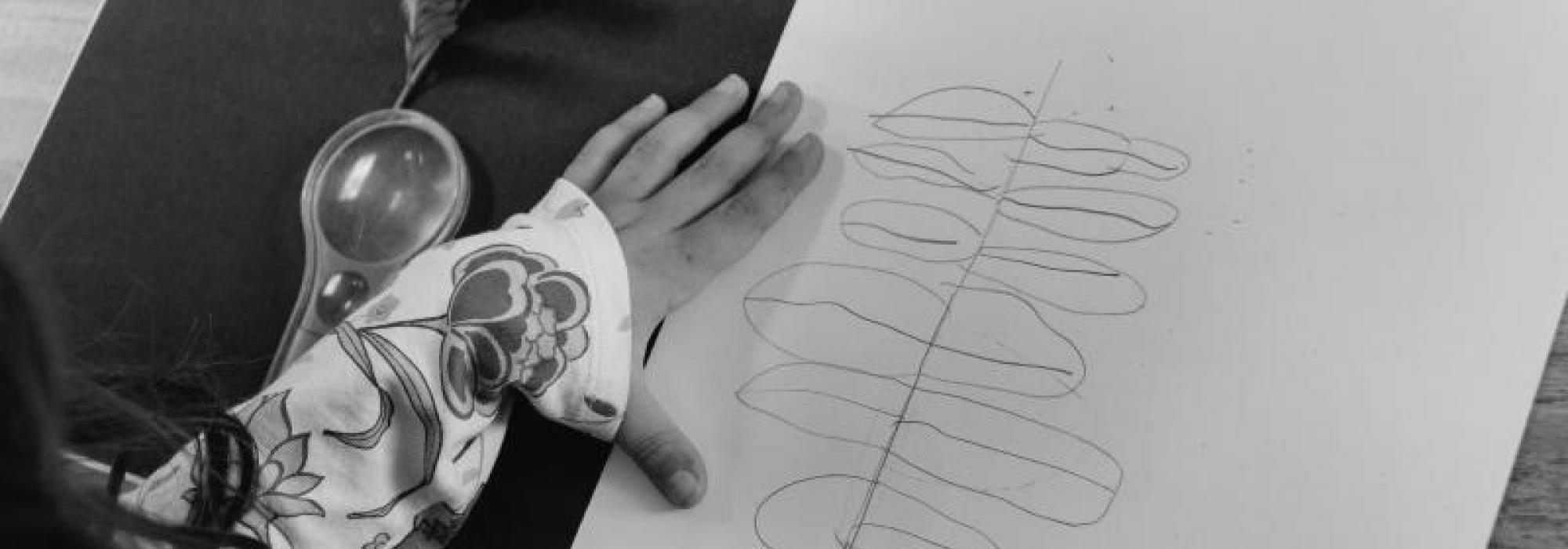
This tool is connected to the Agency by Design Making Moves. The Making Moves identifies three maker capacities that support a sensitivity to design, along with their associated learning moves. Here you’ll find three observation sheets, one for each of the maker capacities: Looking Closely, Exploring Complexity, and Finding Opportunity.<


這個思考模式通過幫助學生近距離觀察某個物品/系統的細節,考慮不同的使用者和利益相關者不同的觀點角度,以反思自己和這個物品/系統的關係來探究其中的關聯性。
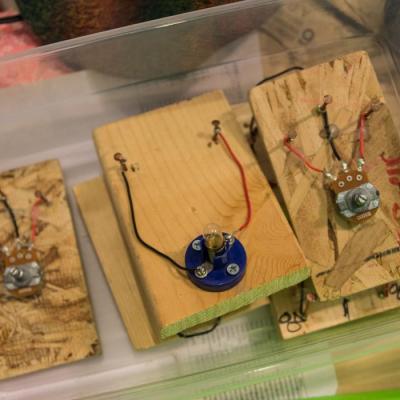
Agency by Design researcher Jessica Ross explores circuitry by engaging in a hands-on journey to build a flashing LED light from scratch.

Essa rotina de pensamento ajuda os estudantes a desacelerar e a fazer observações detalhadas e cuidadosas, incentivando-os a olhar além das características óbvias de um objeto ou de um sistema.
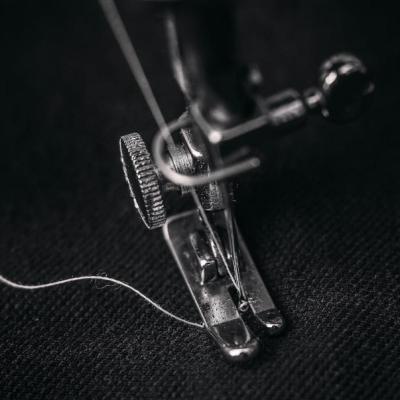
Esta rutina anima a los estudiantes a considerar las diferentes perspectivas de diversas personas que interactúan dentro de un sistema en particular.
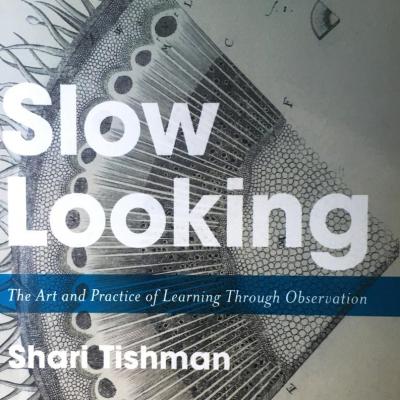
Slow Looking provides a robust argument for the importance of slow looking in learning environments both general and specialized, formal and informal, and its connection to major concepts in teaching, learning, and knowledge. A museum-originated practice increasingly seen as holding wide educational benefits, slow looking contends that patient, immersive attention to content can produce active cognitive opportunities for meaning-making and critical thinking that may not be possible though high-speed means of information delivery. Addressing the multi-disciplinary applications of this purposeful behavioral practice, this book draws examples from the visual arts, literature, science, and everyday life, using original, real-world scenarios to illustrate the complexities and rewards of slow looking.
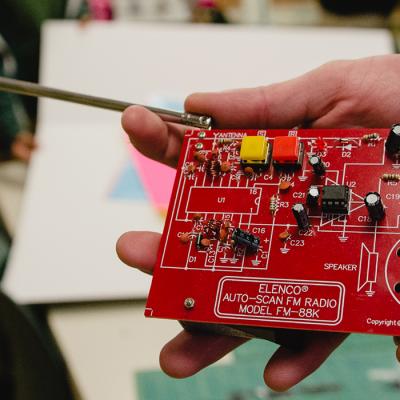
The maker movement is no doubt still trending. But what’s driving this resurgence in the inclination to make? And is it a part of a larger socio/economic shift to a shared, participatory culture?

This Learn Workbook supports engagement with the Voice and Choice protocol. Created by Julie Rains.
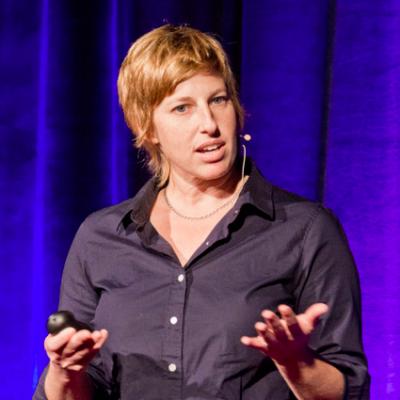
Agency by Design project manager Jen Ryan describes her experience discussing the “maker mind” at TEDxDirigo.